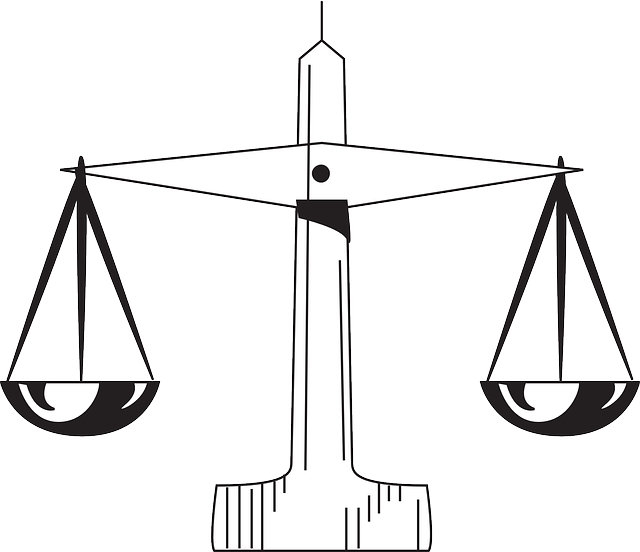Motorcycle riders face elevated risk of severe head injuries due to their exposure compared to enclosed vehicle passengers. Even minor crashes can result in traumatic brain injuries (TBIs) with life-altering effects. Helmets, particularly modern ones with advanced materials, significantly reduce these risks by absorbing and distributing impact force—up to 85% reduction in TBIs. Choosing the right helmet type (full-face, open-face, half) is crucial for protection and can impact liability in motorcycle accident head injury claims. After an accident, consulting a skilled attorney specializing in motorcycle accidents and head injuries is vital for support and compensation.
Motorcycle riders face a unique risk of severe head injuries in accidents due to their exposure. Understanding the profound impact of motorcycle accident head injuries is crucial. This article delves into how helmets serve as a vital line of defense, significantly reducing the likelihood and severity of such injuries. We explore the science behind head protection, dissect different helmet types, and emphasize their effectiveness in saving lives. By understanding these factors, riders can make informed choices to enhance their safety on the road.
- Understanding Motorcycle Accident Head Injury Risks
- The Role of Helmets in Head Injury Prevention
- Types of Helmets and Their Effectiveness
Understanding Motorcycle Accident Head Injury Risks

Motorcycle riders face unique risks on the road, with head injuries being one of the most severe and common consequences of accidents. Understanding these risks is a crucial step in promoting safety and preventing tragic outcomes. Motorcycle accidents often result in significant head trauma due to the exposure of riders—a stark contrast to passengers in enclosed vehicles. Even minor crashes can lead to serious injuries, including brain damage or fatal head wounds.
Various factors contribute to the heightened risk, such as the lack of physical protection and the potential for high-speed collisions. In severe cases, motorcycle riders may suffer from traumatic brain injuries (TBIs), which can have lifelong effects on cognitive function, sensory perception, and overall quality of life. Recognizing these dangers is an essential first step for riders to consider wearing appropriate safety gear, including helmets designed to absorb impact energy, thereby significantly reducing the likelihood of head injury in the event of a collision. Seeking assistance from an experienced accident attorney, such as a truck accident attorney or wrongful death lawyer, can be crucial for those affected by motorcycle accidents, ensuring they receive the support and compensation they deserve.
The Role of Helmets in Head Injury Prevention

Motorcycle accidents pose a unique risk for head injuries due to the exposed nature of riders. Helmets play a pivotal role in mitigating this risk and have been proven to significantly reduce the severity of head injuries in motorcycle crashes. Their primary function is to absorb and distribute the force of an impact, protecting the rider’s head from hard surfaces like roads or other vehicles.
The protection offered by helmets extends beyond basic impact absorption. Modern motorcycle helmets are designed with advanced materials and technology, including air cushions and complex polycarbonate shells, that can reduce the risk of traumatic brain injuries (TBIs) by up to 85%. This level of protection is crucial, especially considering the potential long-term effects of head injuries, which can range from mild concussions to severe cognitive impairments. While comparing helmet safety to aspects like real estate litigation or product liability may seem unrelated, it’s essential to understand that helmets are a vital component in personal safety, just as reputable legal services are crucial for protecting rights in complex cases, such as car accident attorney services.
Types of Helmets and Their Effectiveness

Motorcycle helmets come in various types, each designed to offer different levels of protection against motorcycle accident head injuries. The most common categories include full-face helmets, open-face helmets, and half helmets. Full-face helmets, which cover the entire head and face, are considered the most effective at reducing the risk of severe head trauma due to their robust construction and integrated facial protection. They provide comprehensive coverage, minimizing the impact of debris and offering superior ventilation for rider comfort during extended rides.
Open-face helmets, while offering some protection, leave the lower face exposed. These helmets are typically lighter and more ventilated, appealing to riders who prefer a cooler experience. However, they offer less protection against head injuries compared to full-face models. In the event of an accident, open-face helmets may not shield the rider’s face from impact forces, which can lead to serious injuries. Understanding these variations is crucial when seeking legal representation for motorcycle accidents, as factors like helmet type and breach of safety standards, such as a failure to wear an approved helmet, can play a significant role in determining liability, especially in cases involving contract disputes or breach of fiduciary duty.
Motorcycle accidents carry significant risks, particularly for head injuries. Understanding these risks is paramount, and so too is recognizing the vital role helmets play in prevention. The right helmet, selected based on its design and effectiveness, can significantly reduce the likelihood and severity of head injuries. By choosing the appropriate motorcycle helmet and ensuring it fits well, riders can navigate the roads with enhanced safety, providing peace of mind for both themselves and their loved ones.






